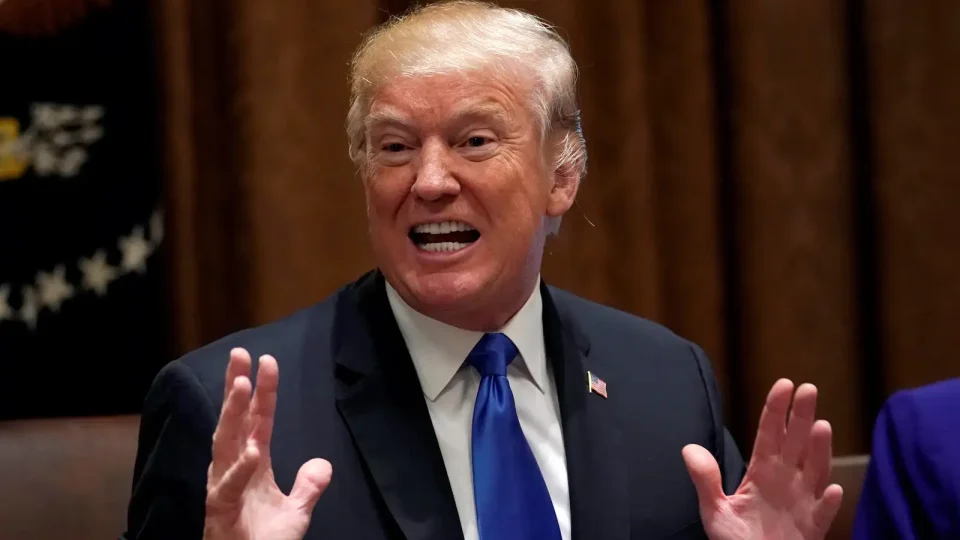The opening bell on March 4, 2025, signaled a brutal day for North American stock markets as President Trump’s long-threatened tariffs on Canada, Mexico, and China took effect, sparking immediate retaliation and intensifying fears of a global trade war.
The Dow Jones Industrial Average plummeted more than 760 points in early trading, extending Monday’s losses. The S&P 500 and Nasdaq Composite also suffered significant declines, falling more than 1.76% and 2.64% respectively. North of the border, Canada’s TSX Composite Index mirrored the downward trend, shedding over 2% in morning trading.
The new tariffs, which include a 25% levy on imports from Canada and Mexico and an additional 10% tariff on Chinese goods, went into effect at midnight. President Trump had previously stated there was “no room left” for negotiations, dashing hopes for a last-minute reprieve.
China swiftly retaliated, announcing tariffs on U.S. agricultural imports, including chicken, pork, beef, and soybeans. Canadian Prime Minister Justin Trudeau also indicated that Canada would promptly respond with tariffs on over $100 billion worth of American products over the next three weeks.
The escalating trade tensions have sent shockwaves through global markets, with investors growing increasingly concerned about the potential impact on economic growth and inflation. The VIX, often referred to as Wall Street’s fear gauge, surged to its highest level this year.
Certain industries are expected to be disproportionately affected. The automotive sector, which relies heavily on complex international supply chains, saw significant losses. European automakers Volkswagen and Daimler Truck were particularly hard hit.
The technology sector has also been battered, with Nvidia (NASDAQ: NVDA) shares plummeting 8.7% on Monday and continuing to slide in early Tuesday trading. All of the major ‘Magnificent 7’ stocks experienced losses as investors reassessed the potential impact of tariffs on global supply chains and consumer demand.
Economic implications of these tariffs are far-reaching. The Federal Reserve Bank of Atlanta now forecasts an economic contraction in the first quarter, with GDP projected to decline an annualized 2.8%. This represents a significant reversal from the nearly 3% growth forecast in early February.
Mark Haefele, chief investment officer at UBS Wealth Management, warned that a prolonged conflict could hinder global economic growth and accelerate inflation, potentially “hamstringing the Fed”. The uncertainty surrounding the tariffs has led the stock market to wipe out the gains from the ‘Trump bump’ observed after the 2020 presidential election. A Bloomberg gauge of U.S. sovereign debt has now outperformed equities since Trump’s election, returning 2.1% compared to the S&P 500’s 1.6% gain including reinvested dividends.
As March trading commences, investors face more uncertainties than clarity. The impending Federal Reserve meeting and concerns regarding the U.S. economy’s ability to counter fears of slowing growth loom large.
In this volatile environment, market participants will be keenly observing economic indicators, corporate earnings, and policy developments for clues about the future direction of the global economy and financial markets.
Despite the market turmoil, President Trump remains steadfast in his approach. “It’s a very effective tool that politicians have avoided using because they were either dishonest, foolish, or compromised in some way,” Trump stated during a press conference at the White House on Monday. “Now, we are utilizing them”.
As the trade war escalates and markets reel, the coming days and weeks will be crucial in determining the long-term impact on both the North American and global economies.

